The PlayStation 5 Pro has been making headlines, but not necessarily for the reasons Sony might have hoped. The price tag has sparked much of the debate, but what about the performance? Gamers who enjoy both consoles and PCs are asking the real question: Is the PlayStation 5 Pro’s GPU performance as powerful as Sony suggests, or are PC setups still the top choice for raw power? The recent announcement dropped some clues that could help us compare the PS5 Pro’s graphical capabilities to its PC counterparts.
There’s been a lot of buzz surrounding the technical specs, but let’s dive into the heart of the matter. We’re skipping past the pricing drama to focus on what really matters for gamers — the performance. Specifically, can the PS5 Pro’s graphics performance keep up with current high-end PC graphics cards?
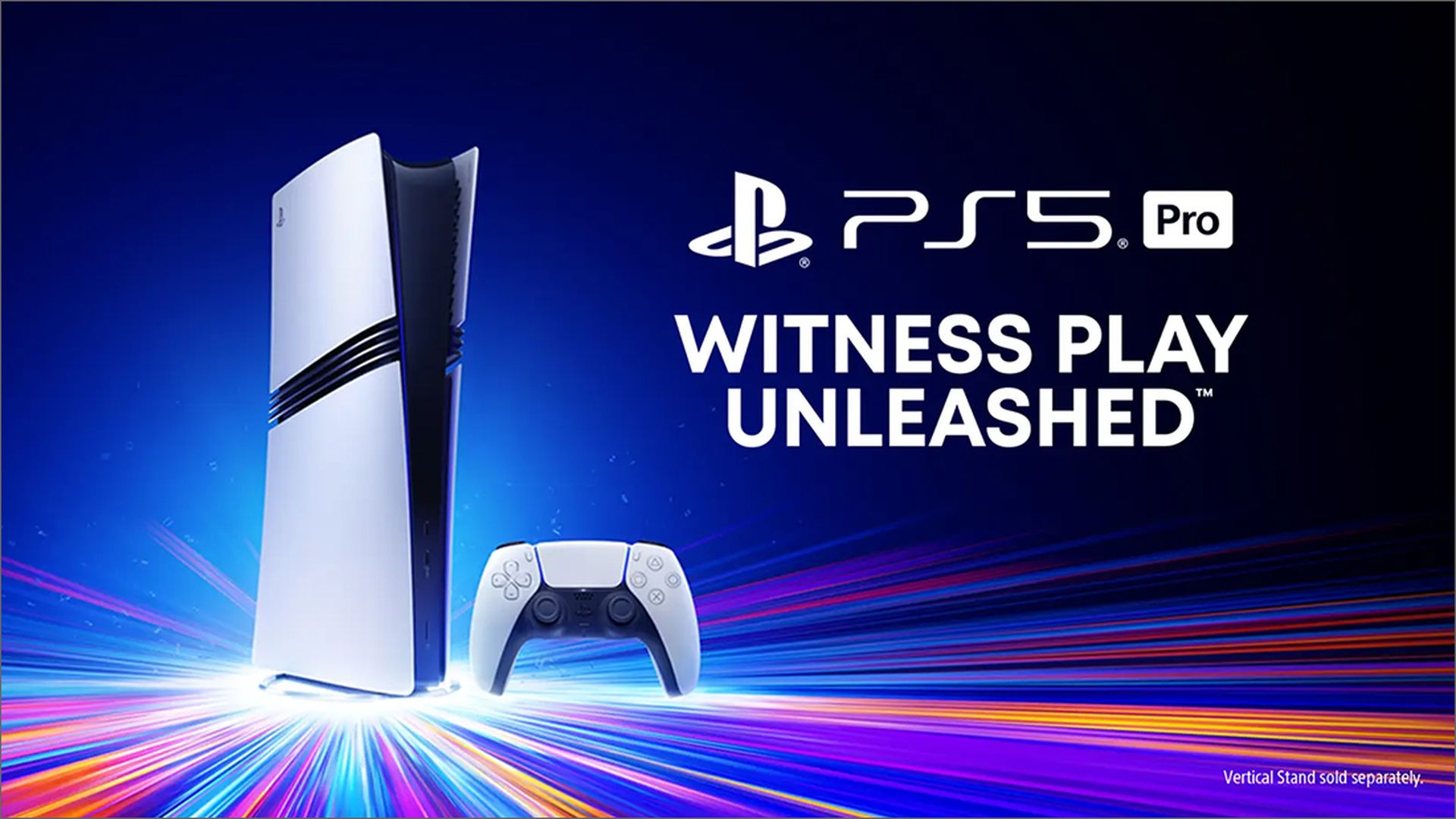
More compute units than the PS5, but is it enough?
One of the first major clues from Sony’s announcement is the 67% boost in computing units. For reference, the standard PS5 GPU features 2,304 shading units, also known as stream processors. With 64 stream processors per compute unit, a 67% increase brings that number up to 3,840 — equating to 60 compute units. Sound familiar? That’s the same number found in AMD’s Radeon RX 7800 XT graphics card.
At first glance, it might seem like the PS5 Pro’s GPU could match the RX 7800 XT, a card that outperforms NVIDIA’s RTX 4070 in many benchmarks. However, without all the details about clock speeds and architectural differences, it’s too early to declare them equal.
A memory boost, but not quite a match
Next, we look at the memory improvements. Sony promises a 28% increase in memory speed over the base PS5, bumping it up to 18 Gbps from the PS5’s 14 Gbps. This translates to a memory bandwidth of 576 GB/s, up from 448 GB/s on the standard PS5. For those not familiar with memory bandwidth, it’s a critical factor in handling high-resolution gaming, especially in demanding titles running at 4K.
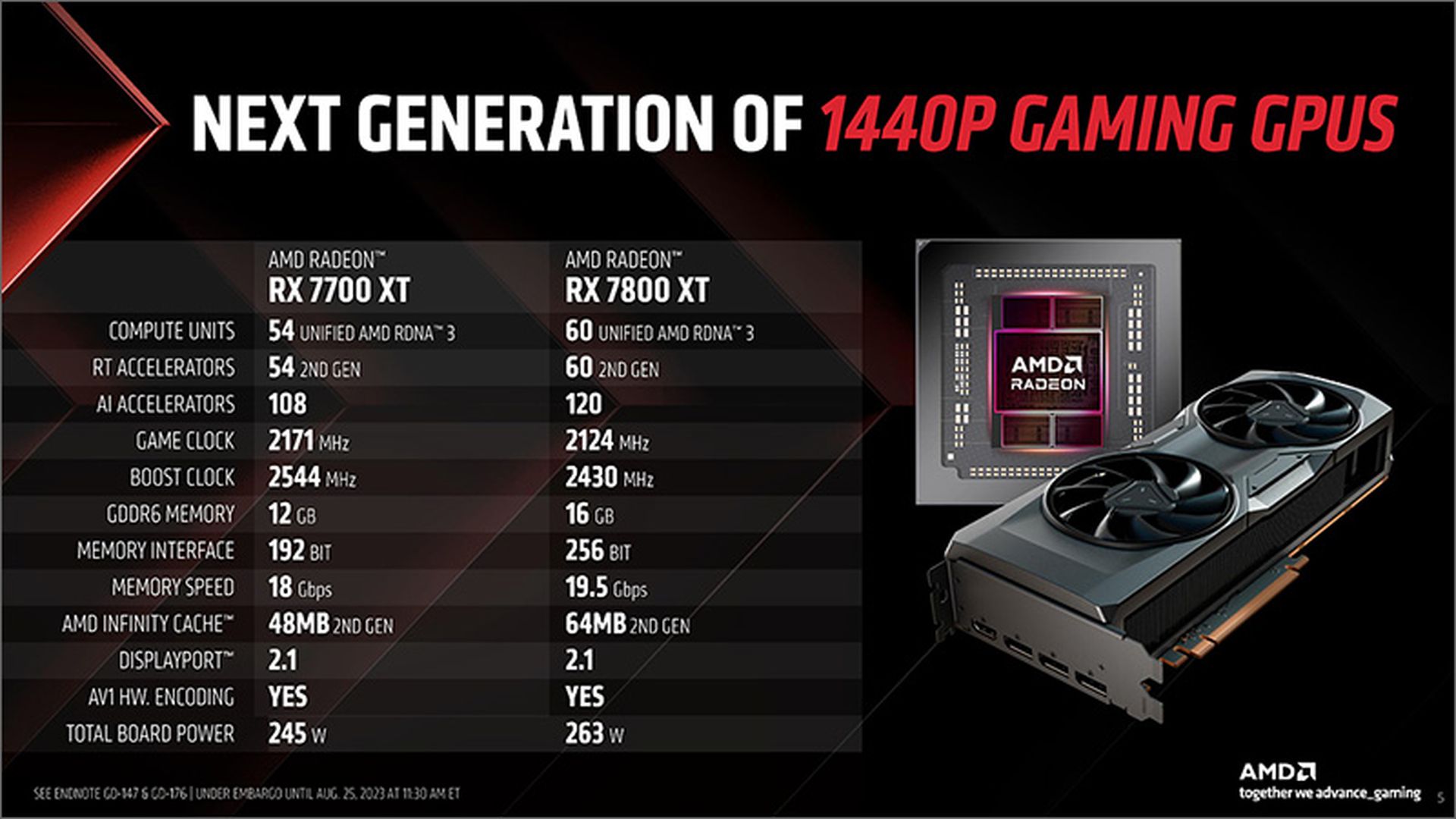
While the PS5 Pro’s 576 GB/s is a major improvement over the PS5, it still falls just short of the RX 7800 XT’s 624 GB/s. This gap in memory bandwidth could slightly limit the PS5 Pro’s ability to keep up with the RX 7800 XT in ultra-high-resolution environments. Nonetheless, it comfortably beats the RX 7700 XT, which only offers 432 GB/s, giving the PS5 Pro a healthy edge over mid-range cards.
The magic number: 33.5 TFLOPS
Quasarzone’s reviews include a leaked developer document for the PS5 Pro that points to an FP32 performance of 33.5 TFLOPS. That’s a big jump over the base PS5’s 10.3 TFLOPS and more than triples the raw processing power. However, it’s worth noting that AMD’s newer RDNA 3 architecture uses a different method for calculating TFLOPS. Taking this into account, the PS5 Pro’s real-world performance could be closer to 16.75 TFLOPS, a mid-range jump.
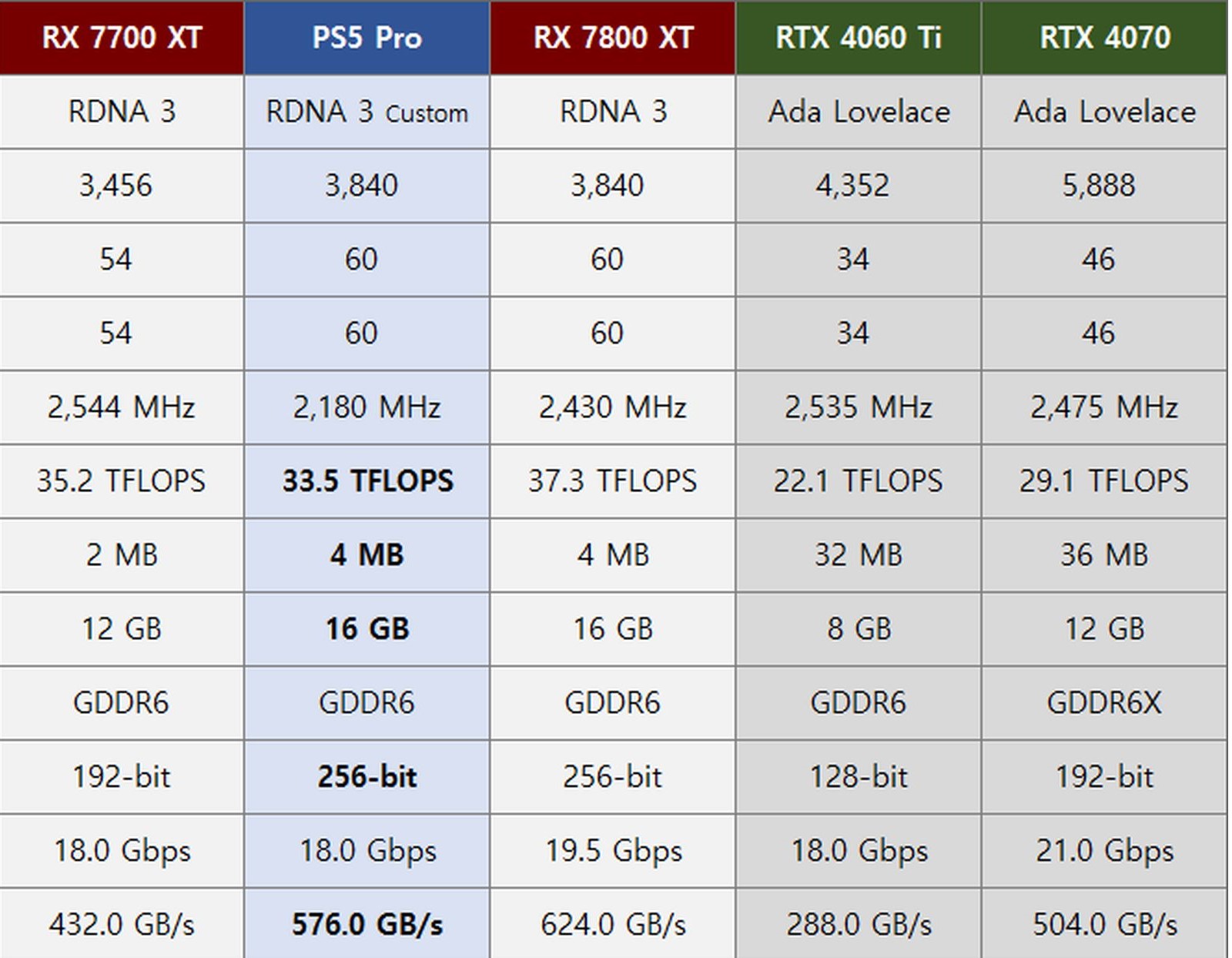
To put this into perspective, the RX 7700 XT has around 32.6 TFLOPS, meaning the PS5 Pro could outperform it on certain tasks, especially given its superior memory bandwidth. But compared to the RX 7800 XT, which has a 6% higher FP32 number and much better memory bandwidth, the PS5 Pro may fall short.
So, how does it compare to a PC?
So far, we’ve drawn a pretty clear picture of the PS5 Pro’s performance in comparison to modern PC hardware. Based on the specs we’ve uncovered, it’s safe to say that the PS5 Pro’s GPU is comparable to AMD’s RX 7700 XT, but with enough extra memory bandwidth to potentially surpass it in high-resolution gaming scenarios.
Compared to the RX 7800 XT, the PS5 Pro comes close but ultimately might fall a bit behind, particularly when pushing the limits in 4K gaming. It’s also worth noting that while these comparisons give us an idea of the console’s GPU performance, actual gaming experiences are shaped by many factors, such as game optimization, engine efficiency, and API differences.
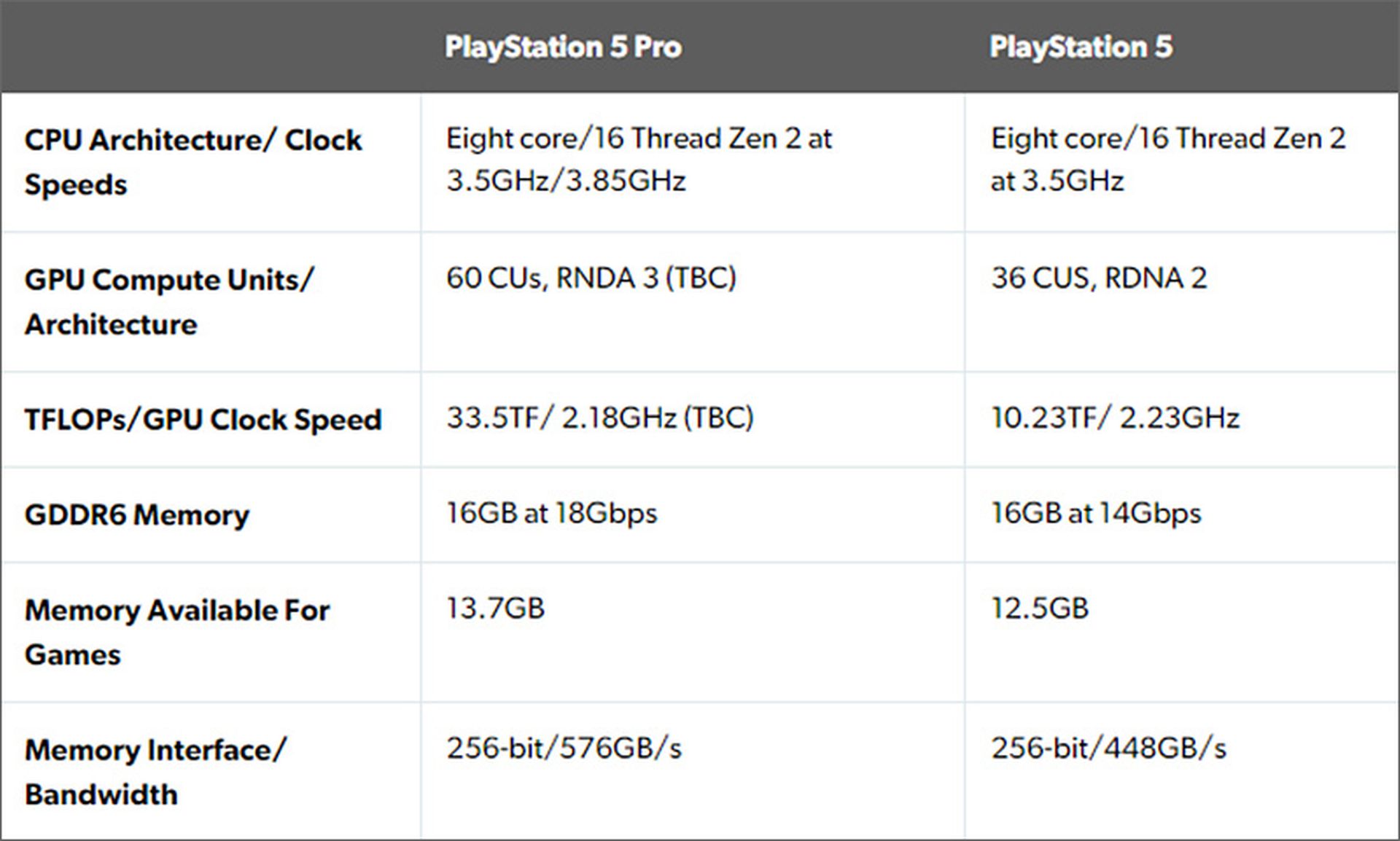
Still, for the average gamer, the PS5 Pro’s performance will handle current and upcoming games. However, based on these results, Sony’s promised 4K 60 FPS may still be up in the air. That said when it comes to direct comparisons with high-end PC graphics cards like the RX 7800 XT, the PS5 Pro is no heavyweight contender.
PS5 Pro’s underpowered CPU
While the PS5 Pro’s GPU will somehow meet expectations, the same cannot be said for its CPU. The console’s processing power pales in comparison to today’s desktop CPUs.
The PS5 Pro sticks to an 8-core, 16-thread CPU based on the same ZEN 2 architecture as the PS5. A leaked developer document reveals that the only difference is a 10% clock speed boost, taking it up to 3.85 GHz. Though it sounds like an upgrade, it’s still well behind what modern gaming rigs offer.
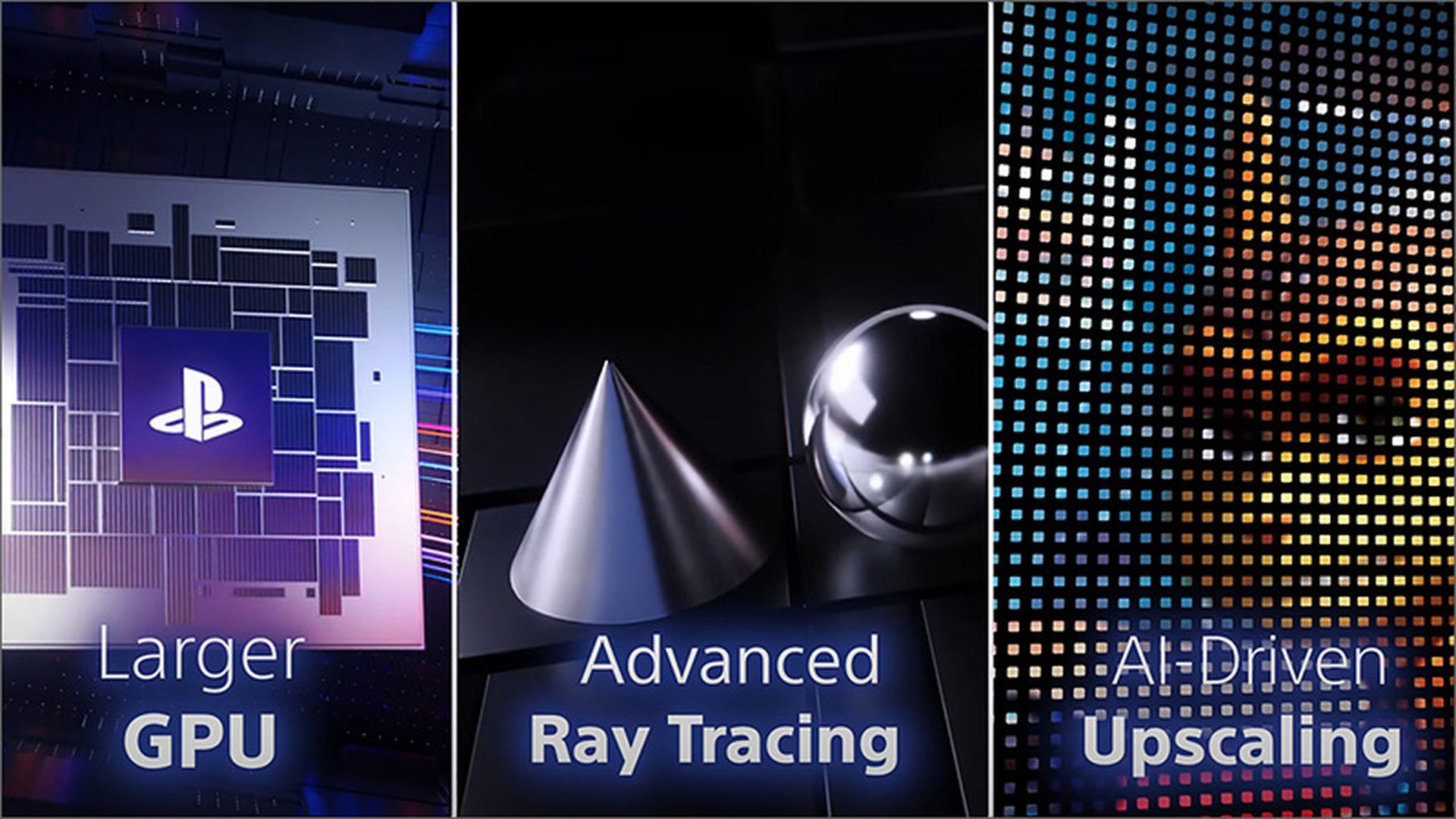
For context, Digital Foundry tested the AMD 4800S desktop kit against the Xbox Series X CPU, which runs at 3.6 GHz—just a hair faster than the PS5’s 3.5 GHz. The results were clear: even a slight clock boost won’t push the PS5 Pro’s performance into desktop territory. In games where CPU power is essential, like Cyberpunk 2077 or flight simulators, this bottleneck will likely hinder frame rates, especially in ray-traced games where 60 FPS is expected. Essentially, the PS5 Pro’s CPU is closer to that of a mid-range Ryzen 5 3600 rather than anything cutting-edge.
Comparing consoles to PC gaming’s value proposition
Let’s talk about dollars and performance. The PS5 Pro is priced at $699.99, and in Europe, it’s available for a rather steep €799.99. And when you factor in extras like the disk drive and stand, the cost goes up to over $1,000. What’s the alternative? Surprisingly, you can build a PC that outperforms the PS5 Pro for about the same price.
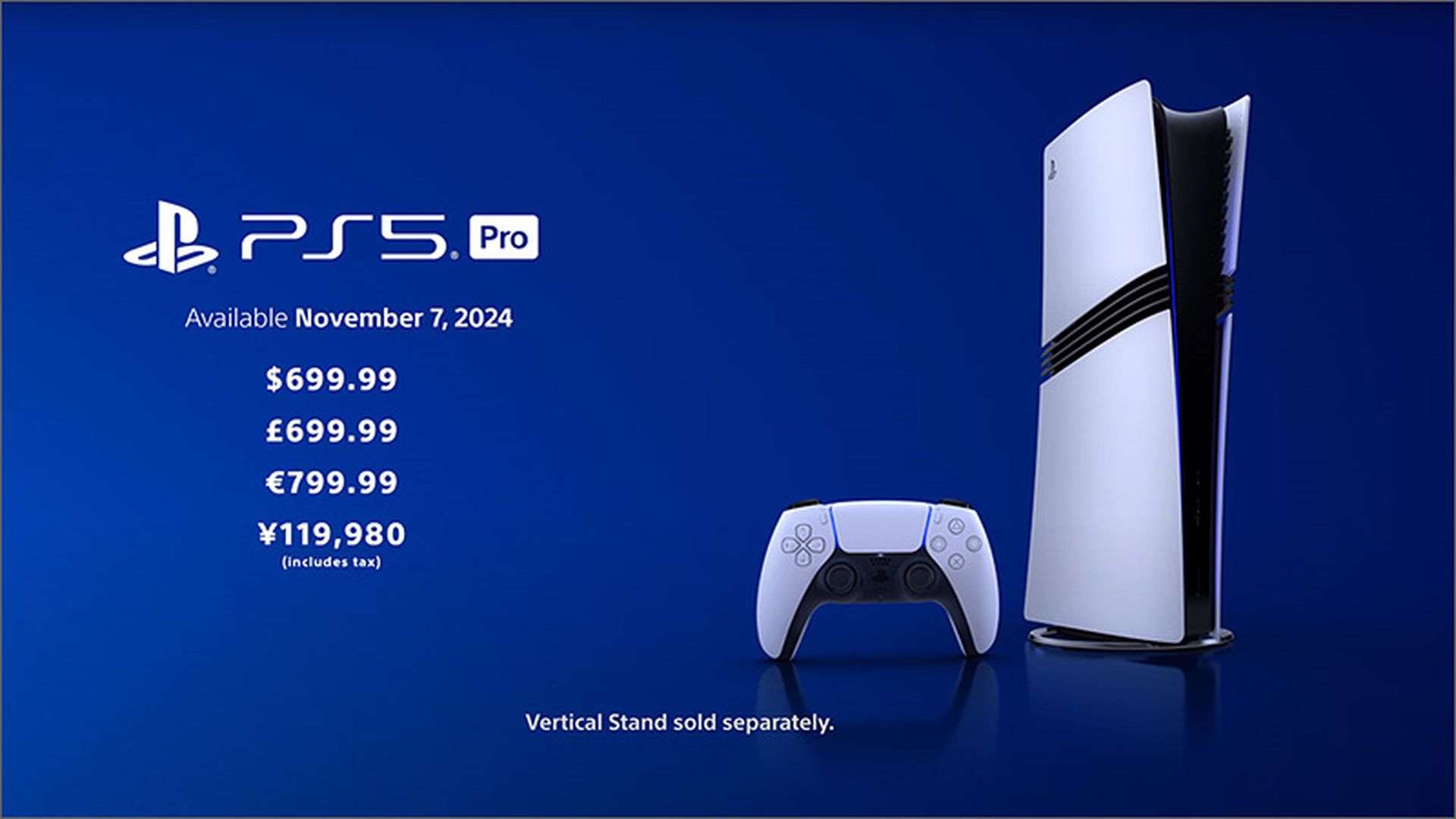
With a budget of $1,300, you could easily pick up an RX 7800 XT or even an RX 7900 GRE—both of which boast better performance than the PS5 Pro’s GPU. Throw in an RTX 4070, with its impressive DLSS 3 and ray tracing capabilities, and you’re still hovering around the PS5 Pro’s price point.
Of course, price is not everything. Consoles and PCs cater to different gaming experiences. PCs are all about customization, while consoles offer a modern, plug-and-play appeal. But we think the biggest issue with the PS5 Pro is the high price tag – historically consoles have offered great value, but the high price of the PS5 Pro has many wondering if it’s worth the cost. While features like AI upscaling with PSSR and better ray tracing are promising, only time will tell if they justify the expense.
Image credits: Sony





